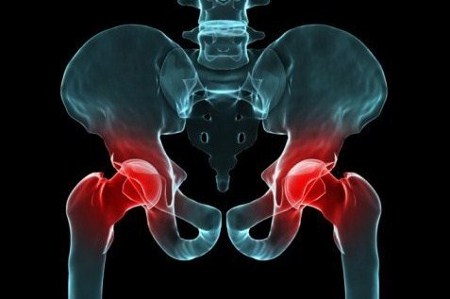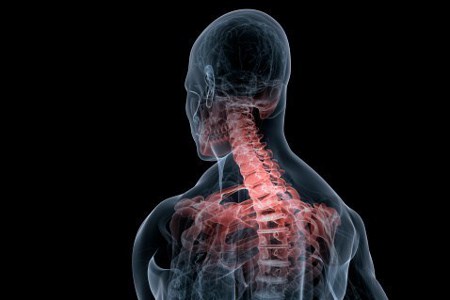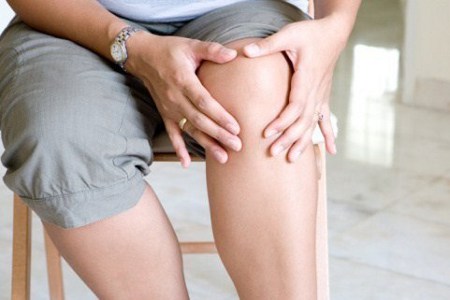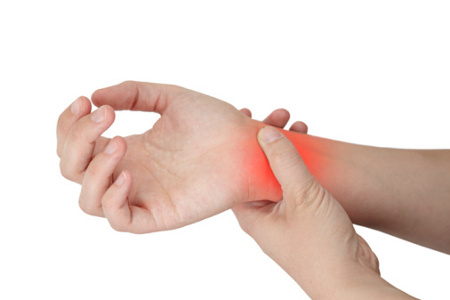Causes of Joint Pain
0 Comments
Osteoarthritis
Osteoarthritis is a degenerative joint disease and the most common type of arthritis. The cartilage, that serves as a cushion between the bones which form a joint, wears away with time. With the eventual loss of cartilage, the bones rub against each other. The friction leads to pain and limitation of joint mobility. Degenerative joint disease can affect any joint in the body, but most commonly affects the hands, hips, knees, neck and lower back. The most common symptom of osteoarthritis is pain in the affected joint after repetitive use. Pain is usually worse later in the day and can occur after long periods of inactivity. Photo: Getty Images

Septic Arthritis
The sudden onset of intense joint pain, joint swelling and a low-grade fever are symptoms of septic arthritis. This condition develops when bacteria, such as streptococcus or staphylococcus, spreads through the bloodstream to a joint. A joint can become infected with bacteria during surgery or by an injury. The most commonly affected joints are the knees and hips. Photo: Getty Images

Whiplash
The joints located in the neck are both pivotal, which allow you to turn your head, and cartilaginous, which give the vertebrae flexibility. Injury to these joints, such as whiplash, are a cause of neck pain. Whiplash is a neck injury, most commonly caused by a rear-end automobile collision. The victim’s head is thrown backward and then forward, straining the neck muscles and ligaments. In some cases, the pain can last for months following the injury. Photo: Getty Images

Lyme Disease
Lyme disease is caused by the bacterium, Borrelia burgdorferi. It is transmitted to humans through the bite of infected black-legged ticks. Early symptoms, that appear from 3 to 30 days after infection, include a red, expanding rash, fatigue, chills, fever, headache, muscle and joint aches and swollen lymph nodes. Untreated, the infection can spread to the joints, the heart and the nervous system. According to the CDC, intermittent episodes of arthritis, characterized by severe joint pain and swelling, occur in approximately 60% of patients with untreated Lyme disease. Large joints, particularly the knees, are most often affected. Photo: Getty Images

Chondromalacia Patella
Chondromalacia patella is a condition resulting from the softening and deterioration of cartilage that lines the underside of the patella, also called the kneecap. This condition develops in adolescents and young adults, especially more common in women. It is a common cause of anterior knee pain. Pain in the front of the knee occurs when you get up after sitting for a long period of time, increases when you climb stairs, and accompanies a grating sensation when you flex your knee. The condition develops because the kneecap does not move properly and rubs against the lower part of the thigh bone. Photo: Getty Images

Rubella, Rheumatic Fever and Systemic Lupus Erythematosus
Aching joints, especially in young women, is a symptom of rubella, a contagious viral infection also known as German measles. Joint pain and inflammation, especially in knees, elbows, ankles and wrists, are two symptoms of rheumatic fever, an inflammatory disease that can develop following an infection caused by the Streptococcus bacteria, such as strep throat. Systemic lupus erythematosus is a chronic autoimmune disorder that can affect the skin, joints, kidneys and other organs in the body. Though the symptoms vary among individuals, almost all people with lupus suffer with joint pain and swelling. The most commonly affected joints include the fingers, hands, wrists and knees. Photo: Getty Images
Add a CommentComments
There are no comments yet. Be the first one and get the conversation started!